
By Michelle Foster, National Critical Care and Trauma Response Centre, Royal Darwin Hospital
The top end of Australia was the focus for world-first training for international Emergency Medical Team Coordinators in October 2015. The chaos following a category five cyclone on an imaginary Pacific island called Namuna was recreated in Australia for this first global disaster relief training exercise.
Australia’s National Critical Care and Trauma Response Centre (NCCTRC) based in Darwin in collaboration with the World Health Organization delivered the training. Darwin was selected for the first training program because of its proximity to the world’s most disaster-prone regions. The NCCTRC has become an international leader in disaster response in recent years. The training is designed to create a group of highly-trained individuals to assist host governments in coordinating the arrival of international medical teams following a major disaster.
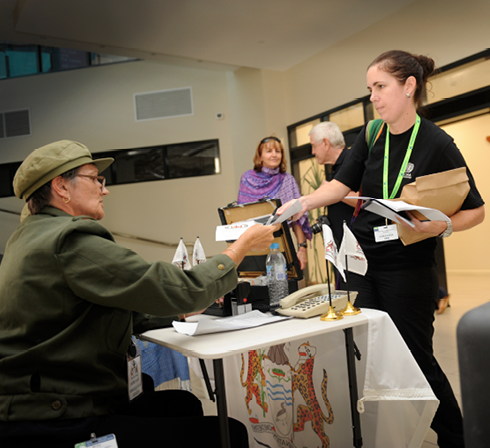
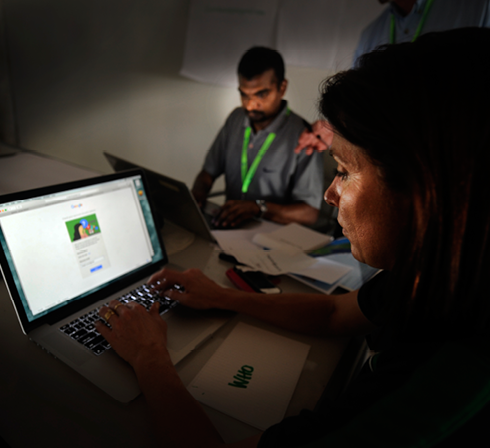
The chaos following a category five cyclone on an imaginary Pacific island called Namuna was recreated in Australia for this first global disaster relief training exercise.
The need for coordination of foreign medical teams entering a disaster-affected nation has arisen from events like the Haiti earthquake, West African Ebola epidemic, and Cyclone Pam in Vanuatu.
In the aftermath of the 2010 Haitian earthquake, many doctors and nurses (and some people posing as such) turned up with good intentions but no capacity to be self-sufficient or operate appropriately under the conditions.
While there is no doubt that foreign medical teams are an important part of the global health workforce and have a specific role to play following a disaster, any medical team coming from another country to practice healthcare in an emergency needs to come as a member of a self-sufficient team. They need to respond with success rather impose a burden on the national system.
Lessons learned from recent international relief operations in the Philippines, Vanuatu, Nepal and West Africa have led to the need for flexible and effective medical team coordination mechanisms that may be adapted in-country for different types of emergency scenarios.
The NCCTRC’s Nursing Director of Trauma and Disaster, Bronte Martin, is on secondment with the Word Health Organization in Geneva developing the global registration verification and mentorship program for emergency (foreign) medical teams.
‘The purpose of the course was to create a group of highly-trained individuals that assist host governments in coordinating the arrival of international medical teams following a major disaster.
‘Importantly they need to facilitate the coordination between multiple agencies, organisations and governments during a disaster response.
‘Additionally these teams are given the expertise to manage the transition to the host Government while maintaining the confidence of the wider humanitarian community,’ she said.
The week-long training from 26–30 October provided the opportunity for the 35 candidates to be immersed in a real-time training exercise where they had to deal with a range of issues from disaster relief to public health emergencies.
‘Many of the candidates already work in these kinds of roles for their own governments but the simulation sought to teach extra skills as well as train them in managing the UN system and work with international teams under intense pressure while supporting a devastated local health system,’ she said.
The Emergency Medical Team Coordination Cell Training Course complements training already undertaken by Australian Medical Assistance Teams (AusMAT) and NCCTRC in preparing teams for disaster response.
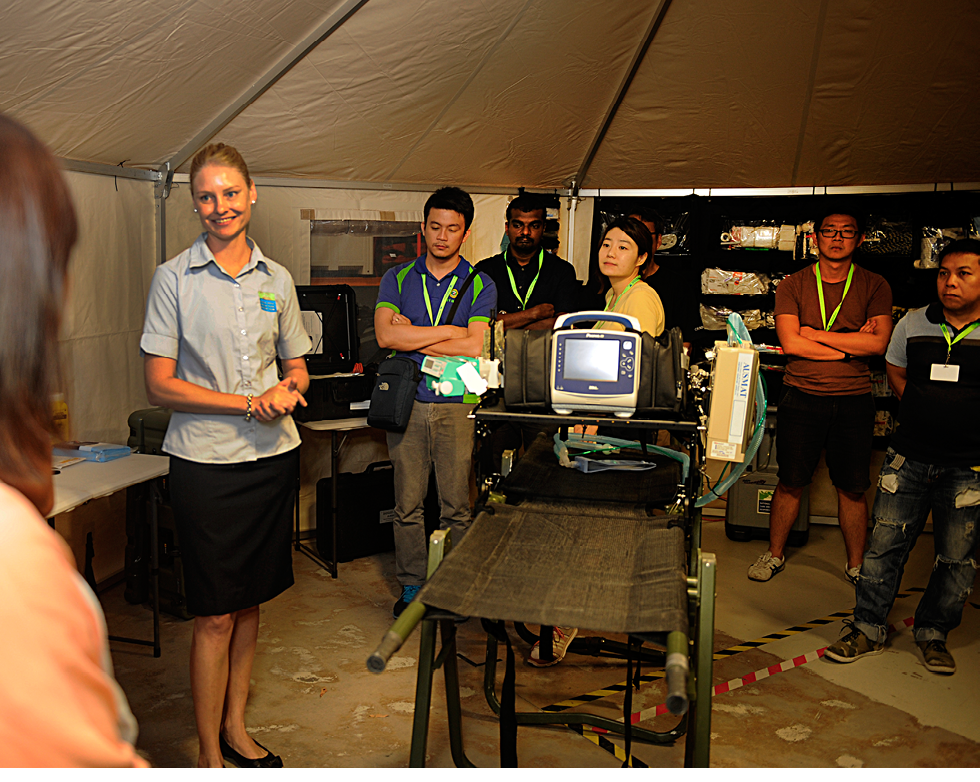
NCCTRC trauma coordinator, Rhiannon Wake, provided a briefing to the course participants on medical capability in the top end of Australia.
Dr Nicholas Coatsworth, Executive Director, NCCTRC said the deployments of AusMATs to Typhoon Haiyan and Cyclone Pam positioned Australia well to be hosts of this important course.
Through the ongoing support of the Australian Government, the NCCTRC and AusMAT have led the way in developing, promoting and adhering to the highest standard of medical response to disasters,’ he said.
The NCCTRC was established following the 2002 Bali bombings and is funded by the Australian Government under the Department of Health until June 2019. Under the AusMAT concept, the NCCTRC has trained more than 600 clinicians and logisticians to a national standard as medical disaster responders.
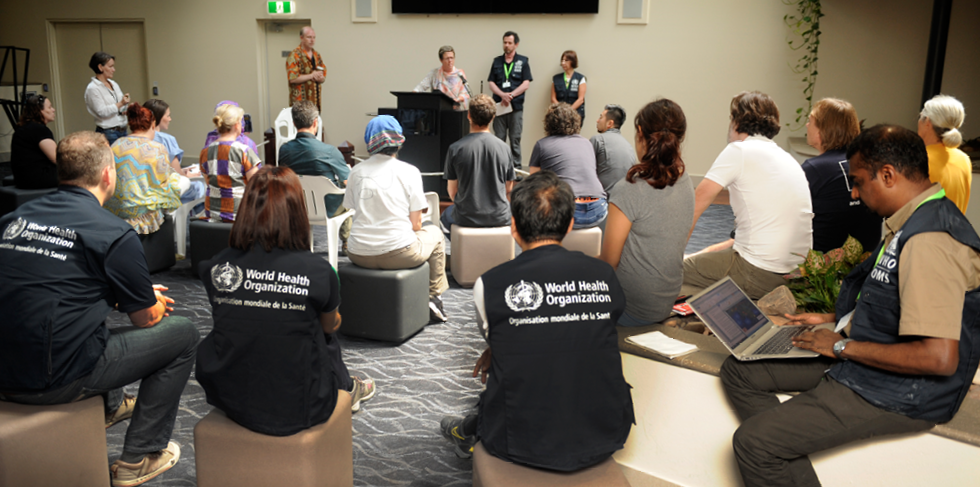
The training delivered in collaboration with the World Health Organization included facing the media.
Teams from seven countries responded to real scenarios created by actors in the simulation as they arrived on the imaginary Pacific island. The participants had to deal with a range of issues from disaster relief to public health.
The situations changed throughout the course of the 16-hour exercise, which was an imaginary cholera outbreak. Along the way they were interrogated, intimidated and discouraged.
Dr Ian Norton from the WHO's emergency risk management and humanitarian response team in Geneva said the program was designed around experiences with teams on the ground after a disaster struck, such as the Haiti earthquake.
Participant Dr Tarun Weeramanthri, Western Australia's chief health officer, who has been to a number of disaster zones, including the Ebola crisis in Sierra Leone and the Mumbai terrorist attacks said the simulation was fairly close to reality.
The WHO's course will be replicated in Europe, Africa and the Americas over 2016.
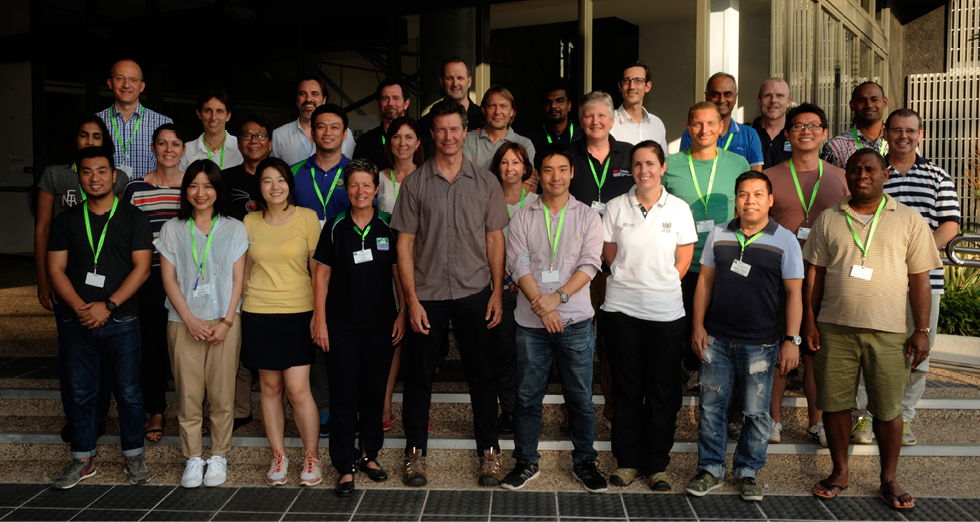
Participants of the first global training already work in similar roles for their own governments but learnt extra skills during the exercise.